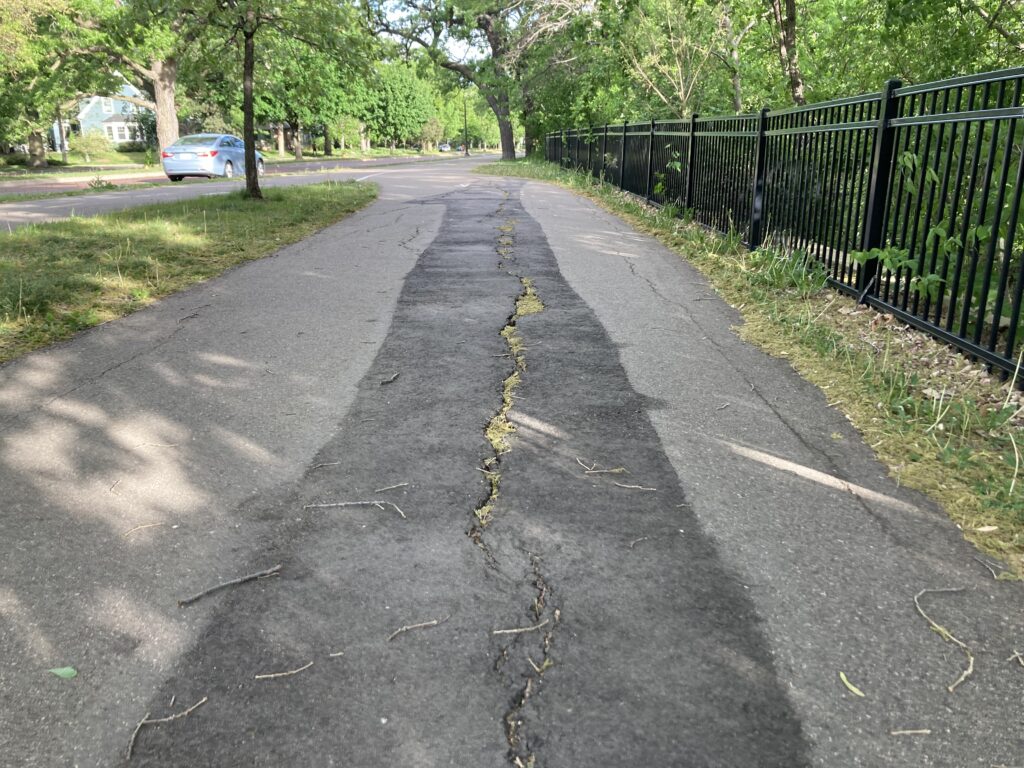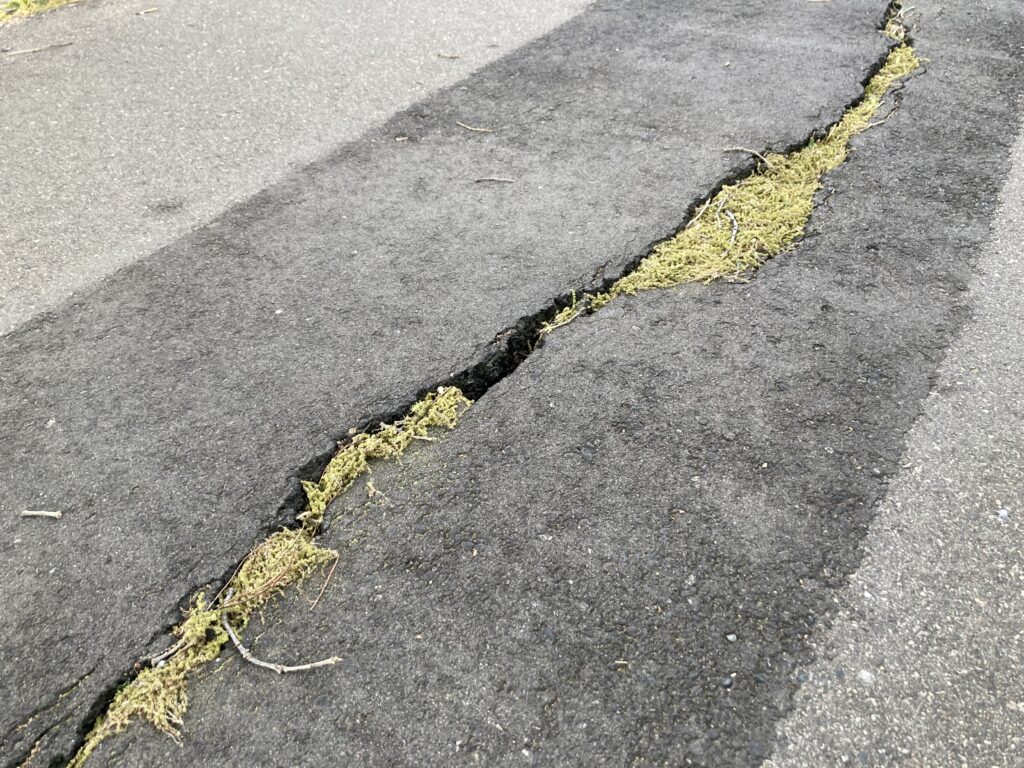60 minutes
winchell trail, south/grassy boulevard, north
55 degrees
The rain is over. Now, warm sun and green green green! A beautiful morning for a walk with Delia the dog. Calm and quiet and wonderful.
10 Things
- lilac bushes
- BLUE!
- BEEP! BEEP!
- velvet
- squish
- tin-whistle
- friends
- dappled
- dandelions
- unruly
Walking by a row of lilac bushes up against a fence, breathing in the sweet, flowery smell. No memories conjured, just a smile spreading across my face and a feeling of satisfaction.
With my polarized sunglasses on, the sky looked almost too blue to be true. The kind of blue that is so intensely BLUE! that it seems ominous.
Walking in the grass with Delia, our reverie was interrupted by a BEEP! BEEP! as a car attempted to pass 3 cars on the river road before quickly slotting in behind a fourth right as a car was approaching from the other way.
On the winchell trail, I reached out to a basswood (also known as linden) tree and its lined leaf. A soft shock — the leaf felt like velvet!
After the rain, I wondered how wet the dirt would be. Wet! I stepped cautiously on it and squish, mud!
That sound! Sharp. Metallic. I think it was a robin with its tin-whistle call, echoing throughout the savanna.
Up on the mesa, we encountered another dog and their human. Delia and the other dog, about her size and temperament, chased each other while we — the humans — wished good morning to each other. A brief encounter with new friends.
The trees cast their shadows on the grass. All around, dappled light.
The slender, rubbery stalks of dandelions with their fluffy white heads dotted the grass. I wondered what this stage is called so I looked it up: AI says, seed head or blowball. I prefer blowball!
Everywhere I looked, green. Green grass, green trees, green view. Unruly green leaves reaching through the slats of the fence. Oh, to be that green! To claim space with such wild abandon!
note: This is the second day I’ve tried a new experiment with my 10 Things. Instead of describing the things in the list, I’m picking 10 words and then writing about each in sentences and/or paragraphs.
air / breath
Was reminded of this beautiful poem from my entry on this day in 2017:
as everyone with lungs breathes the space between the hands and the space around the hands and the space of the room and the space of the building that surrounds the room and the space of the neighborhoods nearby and the space of the cities and the space of the regions and the space of the nations and the space of the continents and islands and the space of the oceans and the space of the troposphere and the space of the stratosphere and the space of the mesosphere in and out.
(This Connection of Everyone with Lungs/ Juliana Spahr)
I want to connect this idea of lungs and breath to a favorite fragment of mine about feet first, following. Feet syncing up with breath.
Spahr’s lines make me think of the moment as a space, a Nothing space. Not empty, but no words or memories or history or self. A shared space possessed by no one, Chloe Garcia Roberts’ the median intervals of floating passivity that resist recollection.
In the time that it took me to find the Roberts line, I lost my train of thought. Maybe it is dwelling in that space between? Can I return to it?
Not sure if this is the thought I lost, but I’m also thinking of this space/time — moment — as when/where I encounter a walker on the winchell trail and I thank them for moving over to let me pass. The moment after I say, thank you, and before they say, you’re welcome, when the you is floating between us, in the process of being exhanged from them to me.
No, I think this might have been it: Not the floating passivity of Roberts — a nothing in-between — but more like dirt in Sharon Olds’ “Ode to Dirt“:
Dear dirt, I am sorry I slighted you, I thought that you were only the background for the leading characters—the plants and animals and human animals. It’s as if I had loved only the stars and not the sky which gave them space in which to shine.
That space, that air — and here I’m thinking especially of the air above and within the gorge — that is a character in my story, not just the background —
When I understood I had never honored you as a living equal, I was ashamed of myself, as if I had not recognized a character who looked so different from me
I’ve devoted a lot of attention to water and stone beside the gorge, but the air has always been there, too. Air as the space between things, which isn’t really empty, but filled with stuff too small to see.
sinkhole
Last night at dinner, FWA mentioned that a sinkhole had opened up somewhere in St. Paul. I hadn’t heard about it. Just now I looked it up. A 35 foot — 35! — hole happened in the middle of busy 7th street. Watching a news clip about it, the director of public works said, we’re not sure how it happened yet. We need to dig down 35 feet to the sanitary sewer and fix that. Wow — so the sewer line is 35 feet below the surface? 35 feet is more than 6 Saras stacked! The sinkhole opened up on 8 may. I couldn’t find any update about it. I wonder when and if we’ll find out what caused it.

